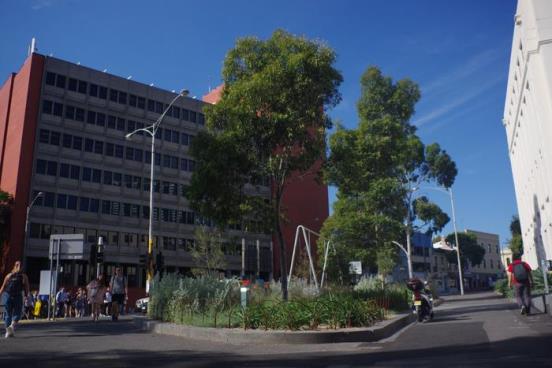By increasing the diversity of indigenous plants in urban areas, researchers from the University of Melbourne have seen a seven times increase in the number of insect species in just three years, confirming the ecological benefits of urban greening projects.
The study, conducted in a small greenspace in the City of Melbourne, found that an increase in the diversity and complexity of plant communities leads to a large increase in insect biodiversity, a greater probability of attracting insects, and a higher number of ecological interactions between plants and insects.
Bringing nature into our cities has been shown to deliver a host of benefits from wellbeing to increased biodiversity and climate change mitigation. Lead author of the study, Dr Luis Mata explained: “Our findings provide crucial evidence that supports best practice in greenspace design and contributes to re-invigoratepolicies aimed at mitigating the negative impacts of urbanization on people and other species.”
Prior to the beginning of the study in April 2016 the research team’s chosen greenspace was limited in vegetation – simply a grass lawn and two trees. Across April, the site was transformed through weeding, the addition of new topsoil, soil decompaction and fertilisation, organic mulching, and the addition of 12 indigenous plant species.
By the study’s third year, the remaining 9 plant species supported an estimated 7.3 times more insect species than the original species present in the greenspace.
“I’d love to see many more urban greenspaces transformed into habitats for indigenous species,” declared Dr Mata. “We hope that our study will serve as a catalyst for a new way to demonstrate how urban greening may effect positive ecological changes.”

